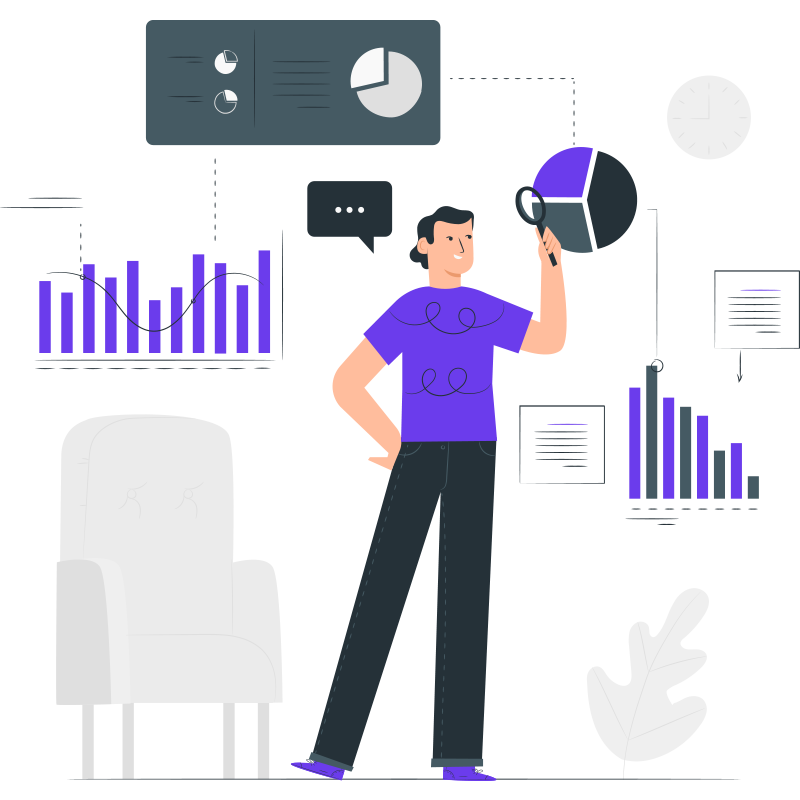Creative destruction has never been more apparent than today.
Business cycles are being sped up at record paces.
Old economic models popularized by the “dull science” for the past 50 years don’t apply.
In the past, technology disrupted product lines. Today it’s disrupting business models.

Get long-term ROI.
We help you grow through expertise, strategy, and the best content on the web.
How Did We Get Here
As internet-technology was democratized, personal computing experienced a rapid, fundamental shift from early-adopters to becoming a mainstream, household item. Initially Netscape and then later AOL made the internet accessible (and more importantly – easy) for the mainstream audience to accept and embrace.
Up to today, there have been two driving forces behind the growing acceptance and success of internet technology.
1. Lowering Barriers to Entry
The financial cost (investments in infrastructure) and human cost (time) have lowered dramatically over the last ten years.
The explosion of open-source technology has been the primary driver. However technological advancement (investments in R&D) has dramatically driven down the cost of computers, broadband connection, software and even domain names.
The cost (time and money) of failing is a lot cheaper today as well. This enables people to take greater risks, or experiment and iterate at a much faster pace.
In the beginning of the World is Flat by Thomas Friedman, he explains several driving forces behind this shift (so please read it for more information). Essentially, today people located anywhere with WI-FI can connect and compete in this flat world.
2. Lowering Costs of Distribution
The internet has created a new, powerful distribution channel. This has dramatically lowered the cost distribution as well as creating a new channel to go direct to end users.
The significant benefits of this second shift have resulted in positive growing trends for businesses of all sizes.
On the flip side, companies relying on location to distribute physical products are at a significant disadvantage.
The popularity of social networks (and before them, AOL) have given a new platform for people to connect and hang out online.
These two elements have caused massive shifts in business. In Part Two, we’ll discuss these symptoms and see how they impact everyone.




